As toxic caterpillars descend upon UK gardens, here's how to deal with them
Create a haven for birds in your garden to naturally get rid of these poisonous pests

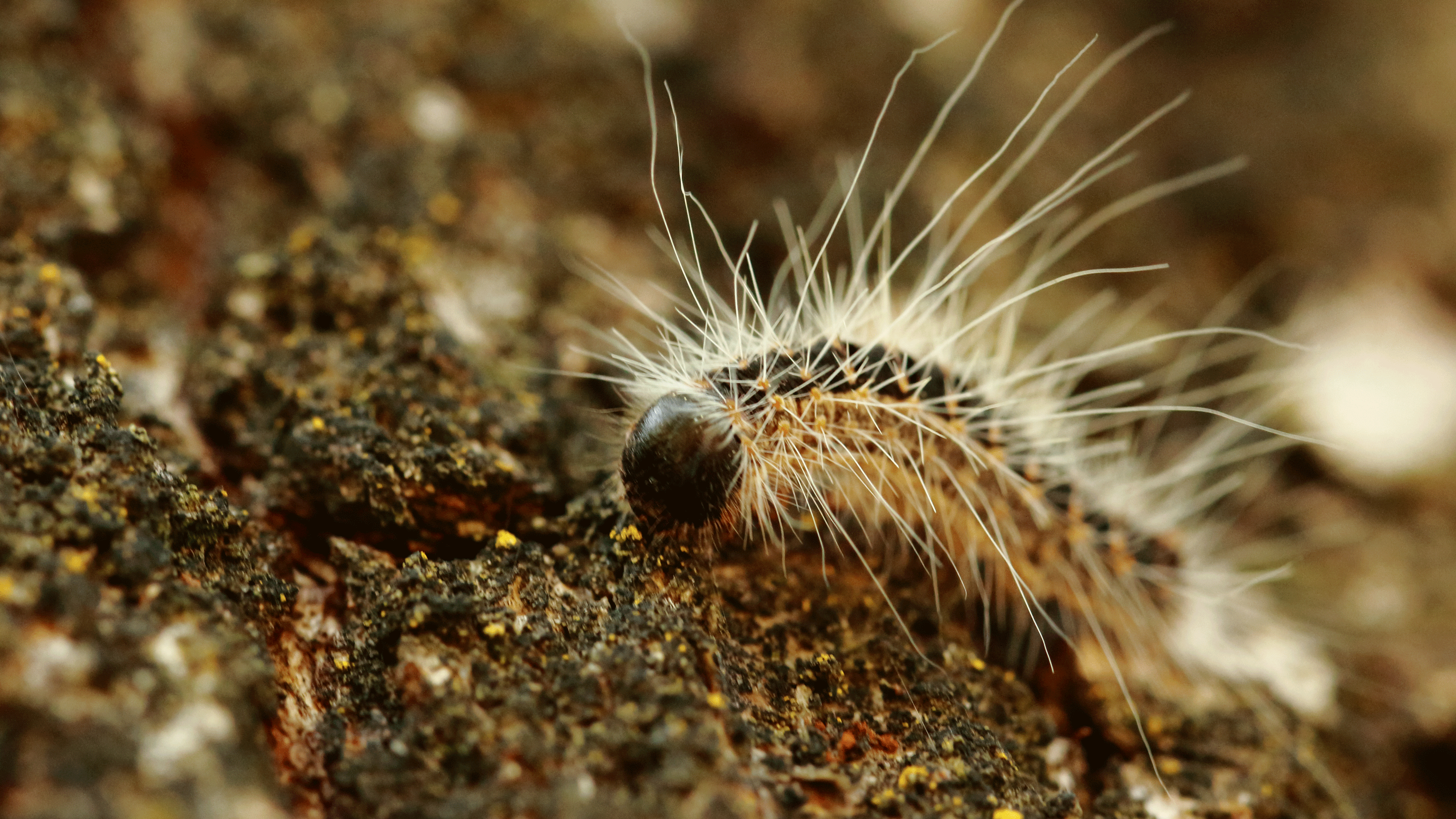
In the UK we love our gardens, but they aren’t always filled with creatures and pests that we want to attract. And you may have seen the news of toxic caterpillars appearing in gardens around the UK.
‘There has been a lot of concern recently about poisonous caterpillars invading the UK,’ says Terry Smithson, Biodiversity Manager at Rolawn. ‘This relates to the Oak Processionary Moth which, since its arrival in 2006, has spread through London and to some of the surrounding counties.’
But recent news has reported sightings of the toxic caterpillar – that is dangerous to humans and pets – throughout south-east England. If touched, the caterpillar hairs can cause an unpleasant and itchy rash or even cause, ‘irritations to the eye and throat,’ Andrew Hoppit from the Forestry Commission revealed to the BBC.
If contact is made, Andrew recommends consulting a pharmacist. But it can be quite difficult to tell which caterpillars in our gardens are of the toxic variety, which is why it’s important not to investigate ourselves but to instead report the sightings to the TreeAlert website or the commission.
When and where to look out for toxic caterpillars
As their name denotes, if you have oak trees in your garden, this tends to be where these toxic caterpillars can congregate and breed, as they feed on oak trees. However, they can be found elsewhere too.
And according to Forestry Commission officials, the greatest risk period is between June and August – when we’ll be spending more time outdoors – when the species feeds before turning into moths. However, there are some precautions we can take to keep pests like these toxic caterpillars out of our gardens.
The experts have some natural pest control solutions to do just that – primarily in attracting birds to your garden and keeping it as biodiverse as possible. But how do we go about achieving that?
Sign up to our newsletter for style inspiration, real homes, project and garden advice and shopping know-how
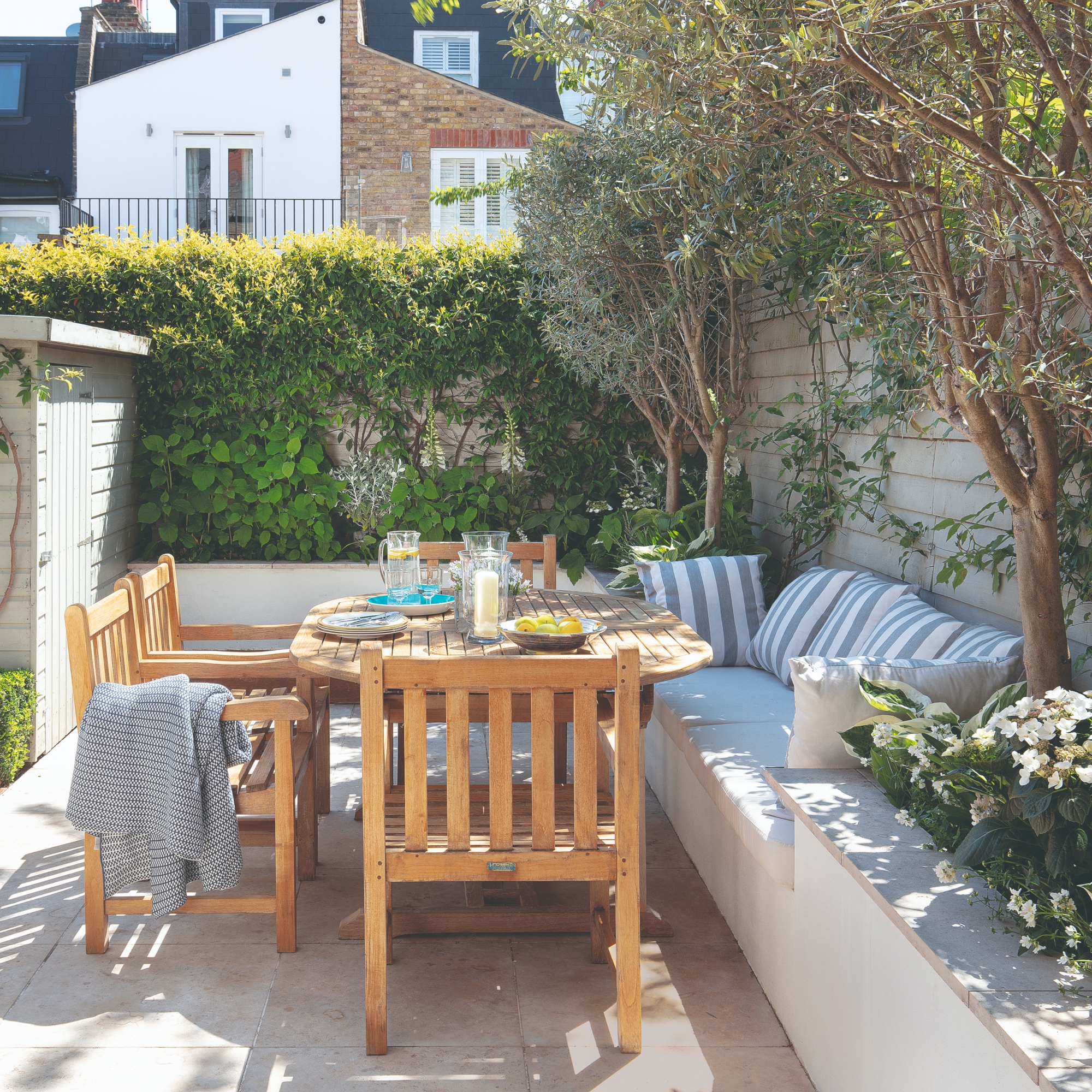
How to attract birds into your garden to deal with certain pests
The best way to handle pests is actually to indulge in some wildlife garden ideas to encourage natural predators into your garden. ‘Attracting birds to your garden can be an effective way to control pests naturally as they are natural predators,’ affirms Lucy Taylor, manager of Vine House Farm.
Many bird species actively feed on caterpillars. ‘Birds such as Blue Tits, Blackcaps, and House Sparrows, are known to eat caterpillars as part of their diet. By attracting these insectivorous birds to your garden, you provide them with a food source that includes caterpillars.’
1. Create a natural nesting habitat
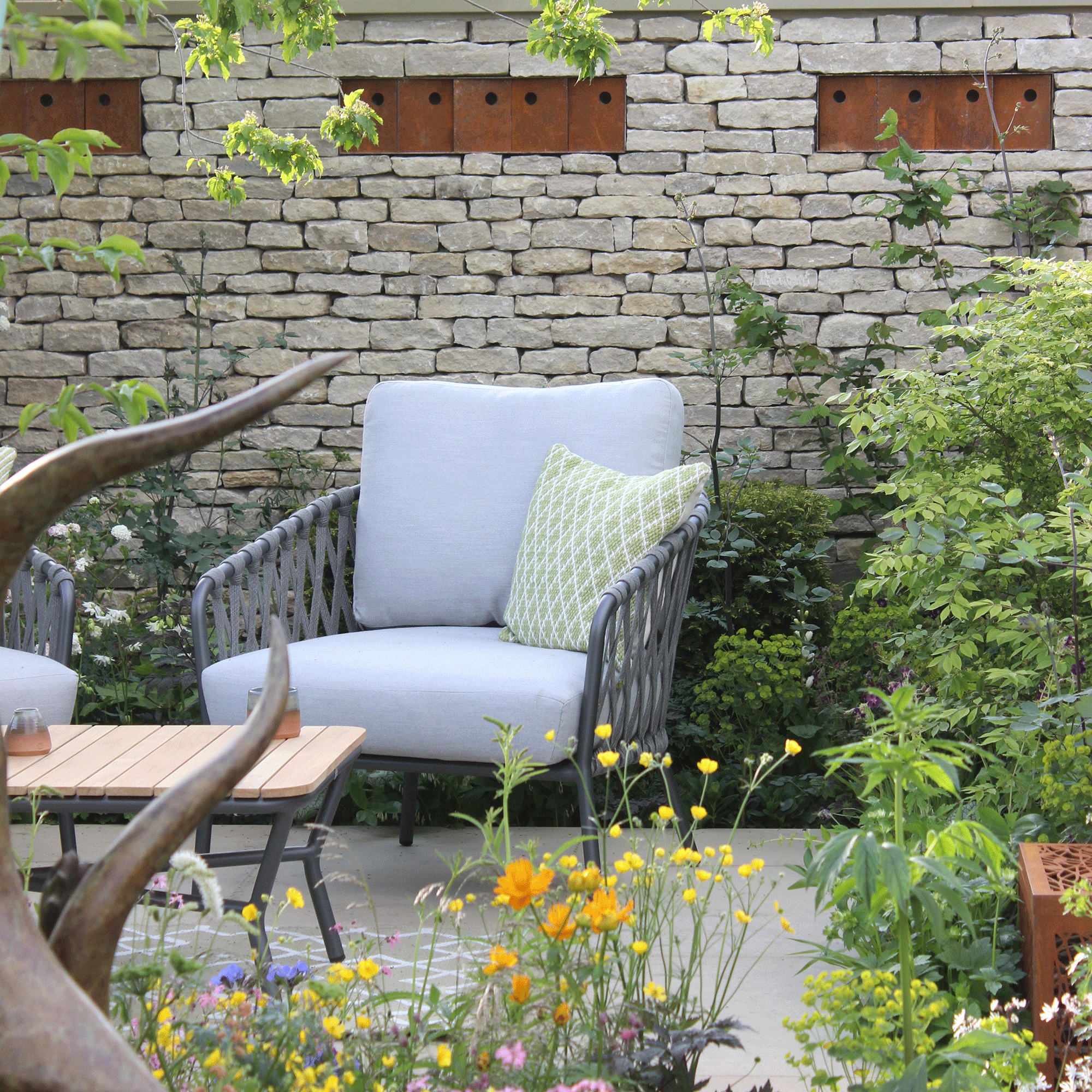
Grass lawns can also attract birds to your garden. ‘Birds such as blackbirds and song thrush love nothing more than finding insects on a lawn after the rain and the natural surface provides a much better feeding ground than alternatives such as stone, paving or artificial grass,’ declares Terry.
2. Add bird-friendly materials and plants
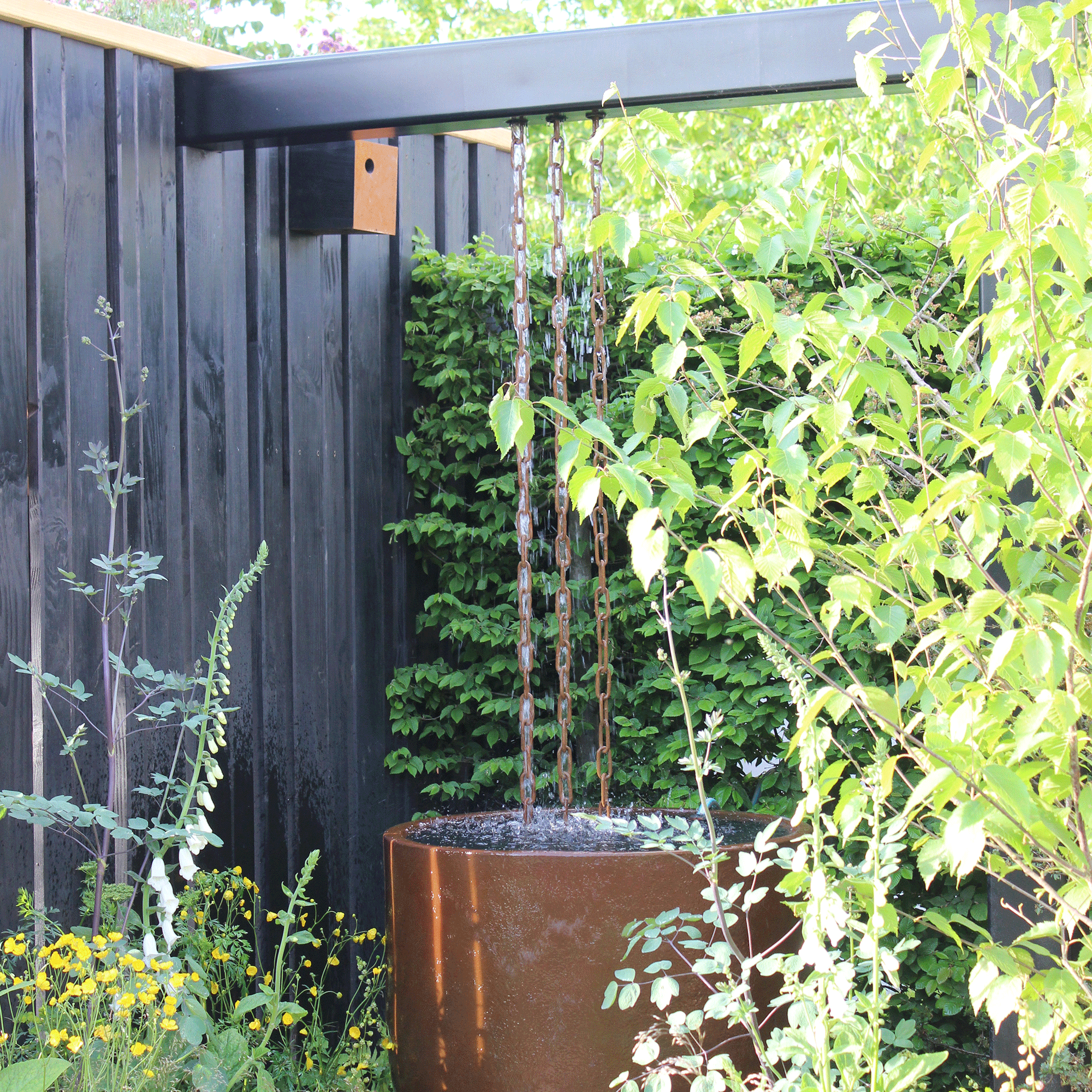
You’ll want to provide them with somewhere safe to perch, whether that is something that you’ve built purposely for them or planting shrubs and trees that they are drawn to. For example, Steve recommends planting, ‘some different berry-producing trees and shrubs.’
‘Rowan is a great berry-producing tree, as well as Whitebeam. The Dog Rose is also pretty good for attracting birds, as well as the spindle tree (Euonymus Europaeus) and the Guelder Rose,’ he relays.
You want to ensure that they have plenty of materials for them to build their own nests, such as twigs, grass, moss, bark and even feathers for them to set up their home in a nearby tree.
You can also consider installing a wildlife planter or log pile, ‘to encourage biodiversity to your garden. The wider the variety of insects, the greater the attraction for garden birds,’ reveals Terry. Essentially you want to give birds as many reasons as possible to visit your garden.
3. Install bird feeders and water sources
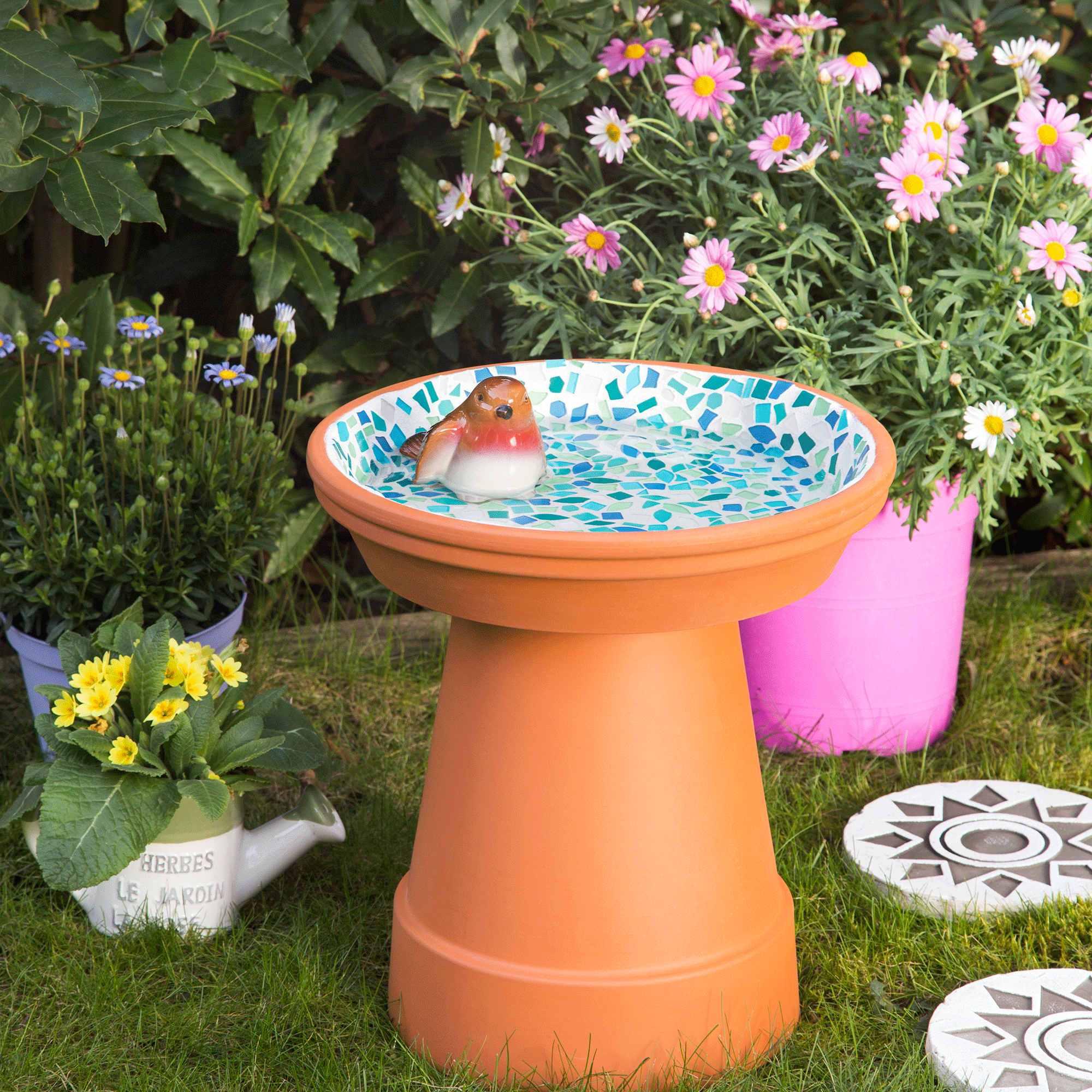
Giving birds everything that they could possibly need when they are in your garden is key when it comes to attracting them back. You’ll want to set up some bird feeders around your outdoor space and keep them topped up with appropriate food.
‘Different bird species have different feeding preferences, so consider offering a variety of seeds, nuts, or suet cakes,’ suggests Lucy. Placing the feeders in a location which is away from any potential predators but still accessible is particularly important. And if you have a cat, putting a bell on its collar to give birds a warning when they are entering the garden is another good idea and gives the birds a chance to flee to safety in that instance.
Birds and other garden wildlife need a reliable source of water, both for drinking and bathing. Installing a bird bath or even simply putting out a shallow dish of water will invite more birds in. Just make sure to clean and refill them regularly.
4. Avoid pesticide use
And finally, 'you always have to be careful when using pesticides in your garden as they can heavily damage your plants as well as innocent wildlife and pets that you don't want to affect’ proffers Steve. So, you’ll want to limit or abandon your use of pesticides in this case.
What else can I do in my garden to help?
‘It's important to note that while birds can help manage caterpillar populations, they may not eliminate them entirely,’ reveals Lucy. ‘In certain situations, such as during outbreaks or if caterpillar populations are extremely high, additional pest control measures may be necessary.’
Getting a healthy balance of different creatures, such as beetles and wasps which also feed on caterpillars, will ‘help keep nature’s balance,’ Terry affirms.

Ellis Cochrane has been a Freelance Contributor for Ideal Home since 2023. Ellis has been writing about homes, interiors and gardens for four years now, with her also contributing to House Beautiful, Country Living, Expert Reviews, Real Homes and Stylist.